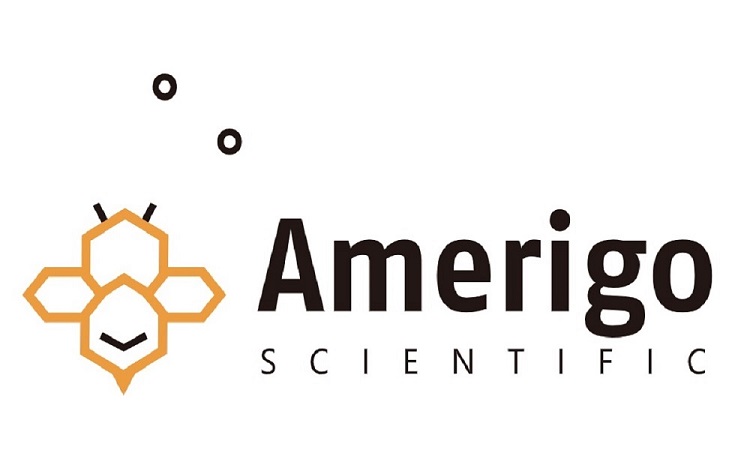Amerigo Scientific
2-Chloro-1-methylpyridinium iodide (Mukaiyama reagent), is a commonly used reagent in organic synthesis for the activation of the hydroxy group of alcohols and carboxylic acids. It is used to synthesize derivatives of esters, lactones, amides, lactams, and ketenes from the corresponding carboxylic acids. It is also used as an efficient coupling reagent in the synthesis of […]
More Information
Supplier Page
Amerigo Scientific
2-Chloro-1,1,1-trimethoxyethane is a chloromethyl heterocyclic compound. It participates in the synthesis of 2-phenyl-1,3,4-oxadiazole derivatives.
More Information
Supplier Page
Amerigo Scientific
Suzuki coupling reaction of 2-chloro-1,3-dimethylbenzene with arylboronic acids has been investigated. 2-Chloro-1,3-dimethylbenzene undergoes palladium-catalyzed cyanation reaction to afford 2,6-dimethyl benzonitrile.
More Information
Supplier Page
Amerigo Scientific
2-Chloro-1,3,2-dioxaphospholane 2-oxide (COP) is a cyclic chlorophosphate reagent that can be prepared from 2-chloro-1,3,2-dioxaphospholane by reacting with molecular oxygen.
More Information
Supplier Page
Amerigo Scientific
2-Chloro-1,4-benzoquinone is a quinone derivative. It is one of the intermediate formed during the degradation of 3,4-dichloroaniline in a dielectric barrier discharge plasma reactor. It is formed during lignin peroxidase catalyzed oxidation of 2-chloro-1,4-dimethoxybenzene. 2-Chloro-1,4-benzoquinone on dechlorination yields 1,2,4-trihydroxybenzene.
More Information
Supplier Page
Amerigo Scientific
The influence of carbon-carbon multiple bonds on the solvolyses of 2-chloro-2-methylbutane has been critically evaluated through the extended Grunwald-Winstein equation. The rate constant for the SN 1 hydrolysis of 2-chloro-2-methylbutane has been measured near the consolute point of the liquid mixture of isobutyric acid and water.
More Information
Supplier Page


